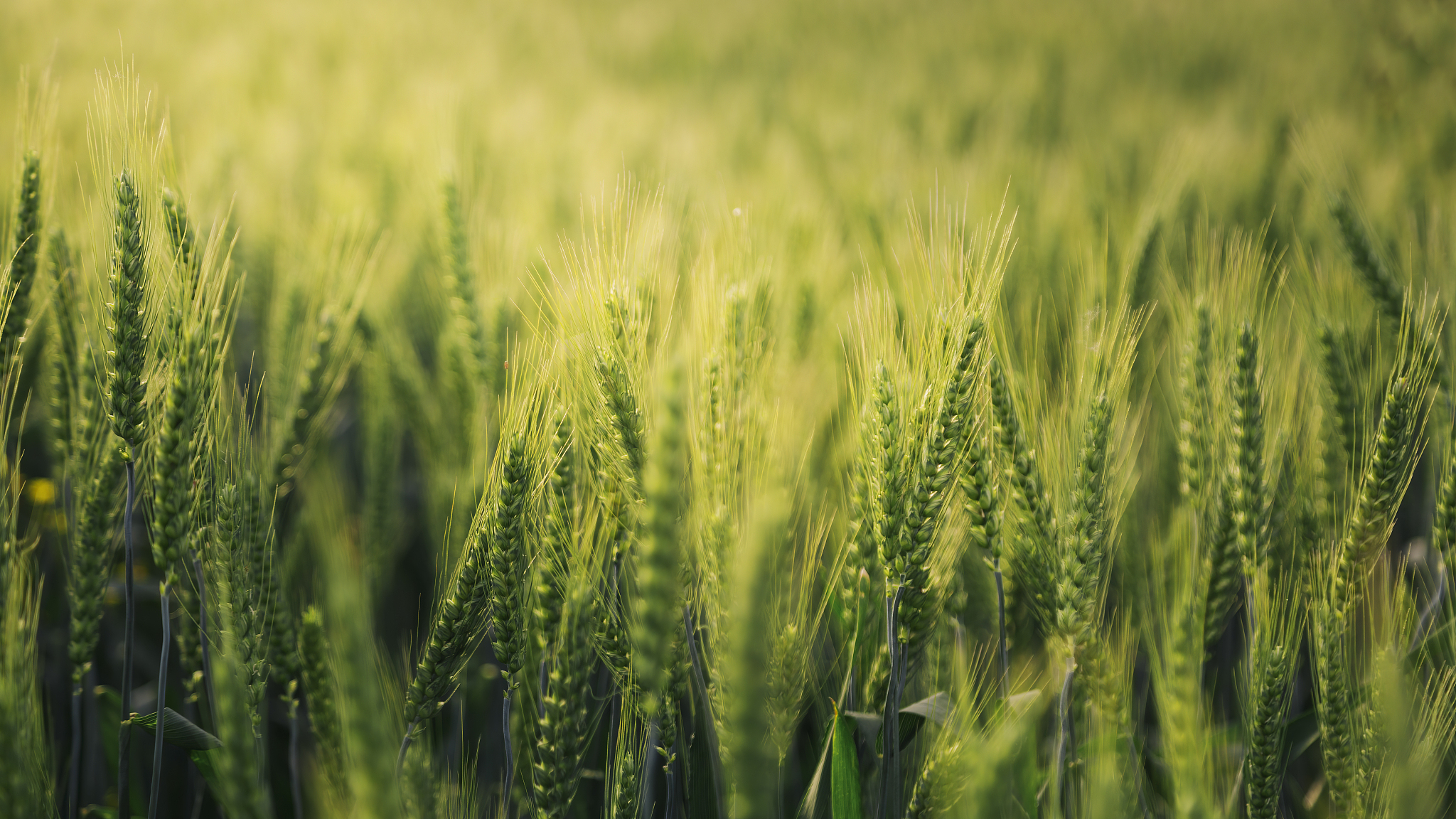Major Breakthrough in Wheat Fusarium Head Blight Resistance

PHOTO: VCG
By Staff Reporters
Recently, a significant breakthrough in understanding the resistance mechanism against wheat Fusarium head blight(FHB) has been made by a collaborative effort among Jiangsu Academy of Agricultural Sciences, Nanjing Agricultural University, and international research teams.
The FHB is a widespread fungal disease affect on wheat,barley and some other cereal crops, which has been causing severe losses in the food industry globally.
In recent years, China has become one of the countries most severely affected by FHB, with an annual incidence area accounting for approximately 20 percent of the wheat sown area, posing a serious threat to the country's food security. Breeding FHB-resistant wheat varieties has become one of the key strategies to control this damaging disease.
Among numerous genes conferring resistance to FHB, Fhb1 stands out as the most effective quantitative trait locus (QTL) for FHB resistance and has been widely utilized in FHB-resistant breeding programs. Despite the cloning of this gene, the exact mechanism of action of Fhb1 has remained unclear.
Within wheat, TaHRC protein isoforms recruit multiple protein complexes containing disordered regions. However, they also drive the separation of these complex members through opposing actions, thereby exhibiting both susceptibility and resistance to FHB.
By employing genetic modification techniques, researchers elucidated how different states of condensates regulate the stability of alternative splicing and immune responses, ultimately controlling the mechanisms of wheat's resistance and susceptibility to FHB.
This research not only reveals the biological mechanism by which the crucial Fhb1 gene-encoded protein regulates wheat's response to FHB through driving condensate formation but also provides a new perspective for understanding wheat's defense and response mechanisms against FHB. It also offers crucial support for future molecular breeding programs aimed at developing FHB-resistant wheat varieties.
The collaborative effort and groundbreaking findings in this study signify a significant step forward in combating FHB, potentially leading to more effective strategies for safeguarding wheat crops against this destructive disease.
The findings were published online in the international academic journal "Cell Host & Microbe," with the paper also selected as the cover article.







